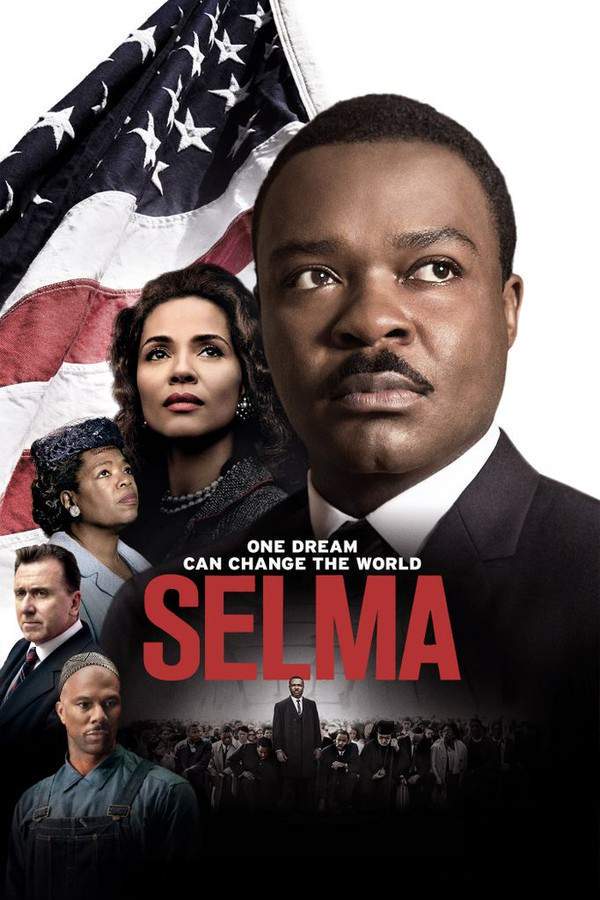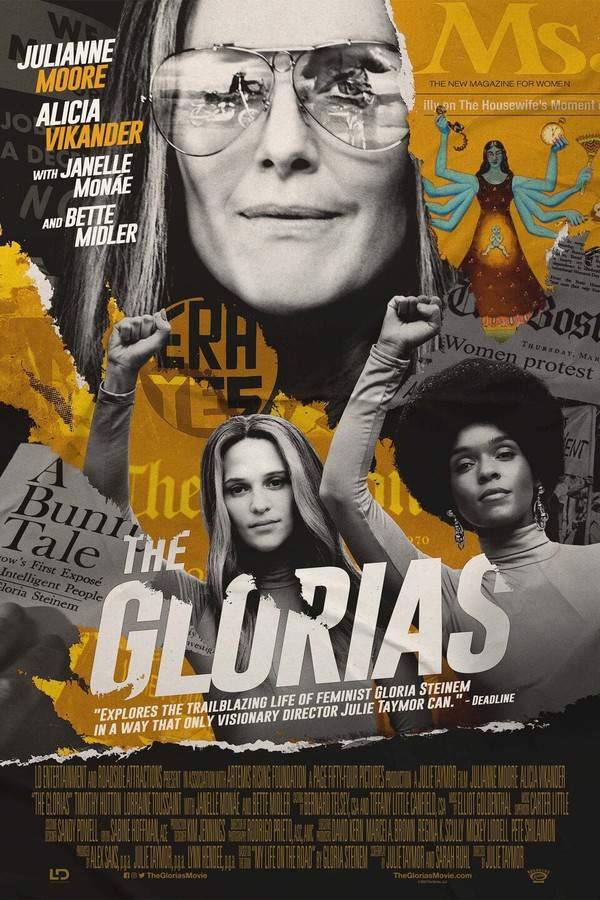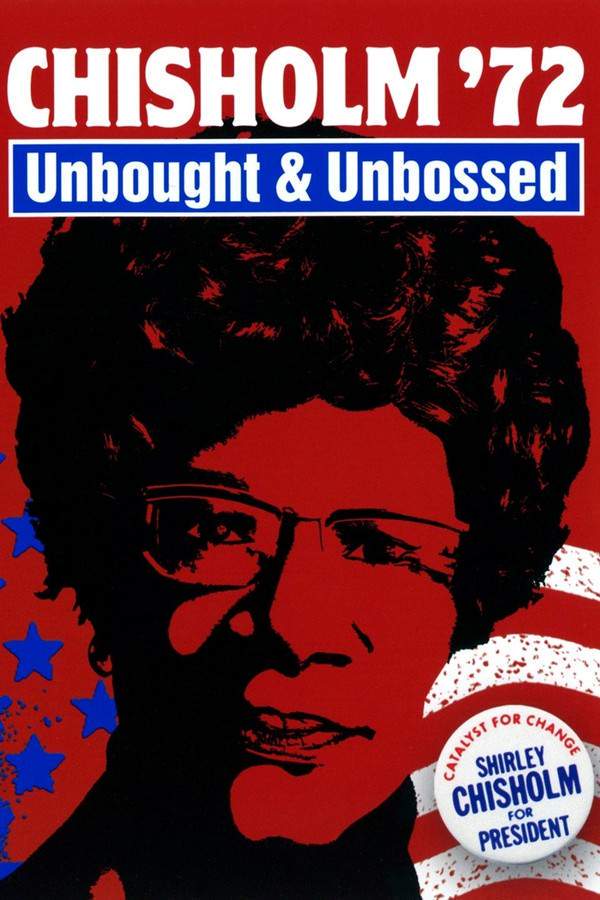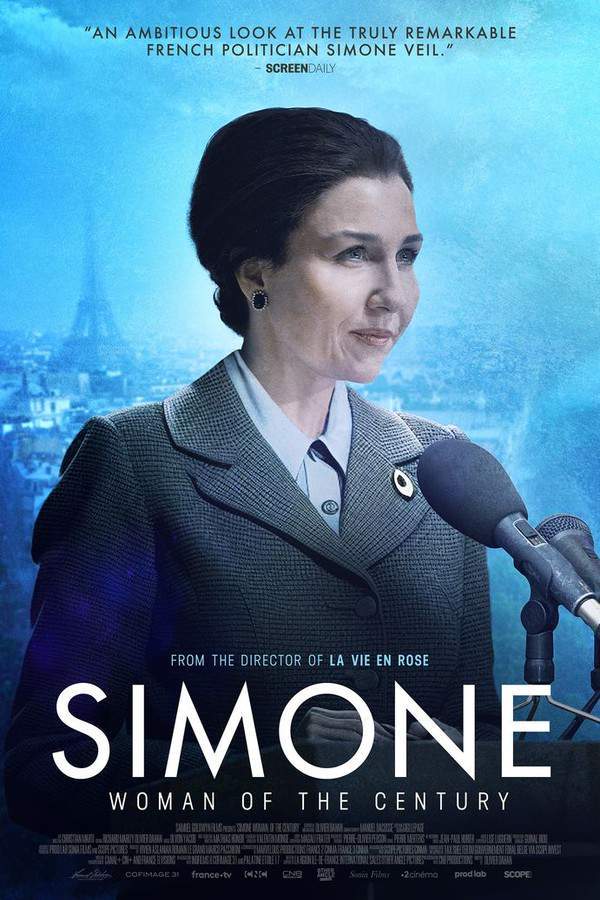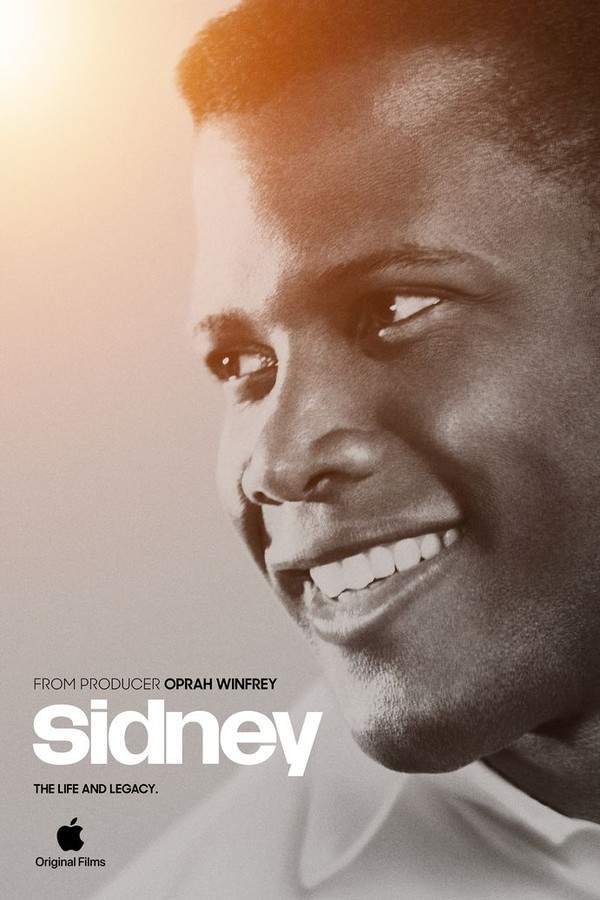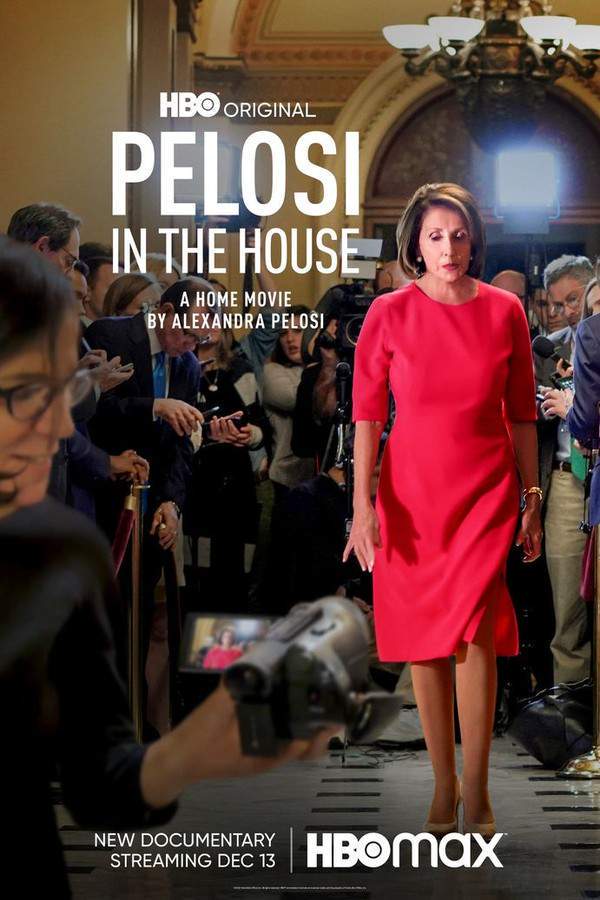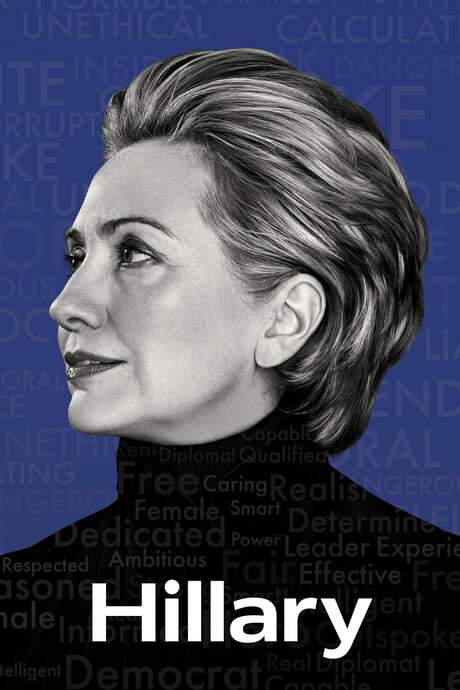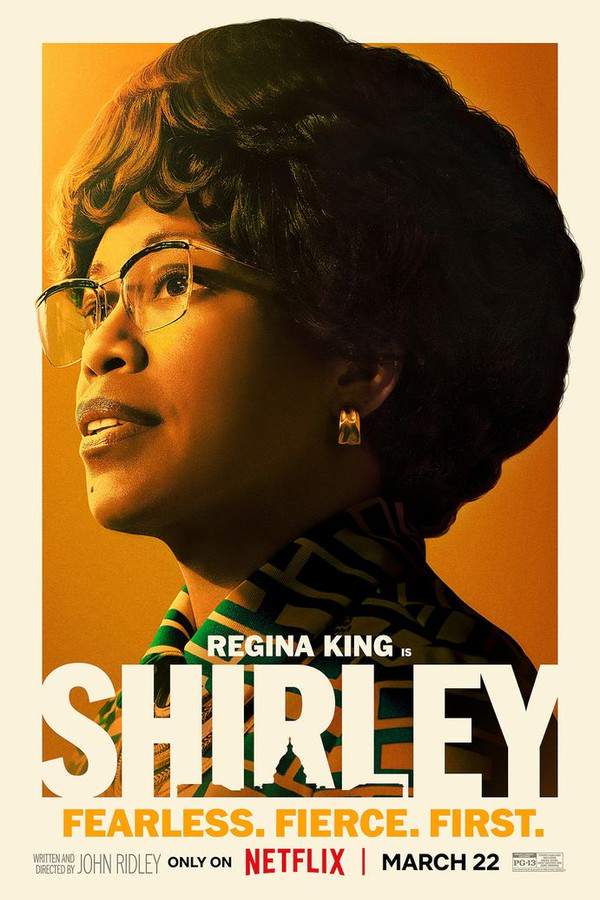
Shirley
This biographical drama portrays Shirley Chisholm, the first Black congresswoman and a historic candidate for President of the United States in 1972. The film follows her determined campaign, highlighting the challenges she faced as she defied expectations and broke barriers for women and minorities in American politics.
Warning: spoilers below!
Haven’t seen Shirley yet? This summary contains major spoilers. Bookmark the page, watch the movie, and come back for the full breakdown. If you're ready, scroll on and relive the story!
Timeline – Shirley (2024)
Trace every key event in Shirley (2024) with our detailed, chronological timeline. Perfect for unpacking nonlinear stories, spotting hidden connections, and understanding how each scene builds toward the film’s climax. Whether you're revisiting or decoding for the first time, this timeline gives you the full picture.
Last Updated: October 09, 2025 at 16:13
Unlock the Full Story of Shirley
Don't stop at just watching — explore Shirley in full detail. From the complete plot summary and scene-by-scene timeline to character breakdowns, thematic analysis, and a deep dive into the ending — every page helps you truly understand what Shirley is all about. Plus, discover what's next after the movie.
Shirley Summary
Read a complete plot summary of Shirley, including all key story points, character arcs, and turning points. This in-depth recap is ideal for understanding the narrative structure or reviewing what happened in the movie.

Characters, Settings & Themes in Shirley
Discover the characters, locations, and core themes that shape Shirley. Get insights into symbolic elements, setting significance, and deeper narrative meaning — ideal for thematic analysis and movie breakdowns.

Shirley Ending Explained
What really happened at the end of Shirley? This detailed ending explained page breaks down final scenes, hidden clues, and alternate interpretations with expert analysis and viewer theories.

Similar Movies to Shirley
Discover movies like Shirley that share similar genres, themes, and storytelling elements. Whether you’re drawn to the atmosphere, character arcs, or plot structure, these curated recommendations will help you explore more films you’ll love.
Explore More About Movie Shirley
Shirley (2024) Plot Summary & Movie Recap
Shirley (2024) Scene-by-Scene Movie Timeline
Shirley (2024) Ending Explained & Theories
Shirley (2024) Spoiler-Free Summary & Key Flow
Movies Like Shirley – Similar Titles You’ll Enjoy
Selma (2014) Detailed Story Recap
The Glorias (2020) Full Summary & Key Details
Chisholm '72: Unbought & Unbossed (2004) Full Movie Breakdown
Simone: Woman of the Century (2023) Film Overview & Timeline
Sidney (2022) Detailed Story Recap
Sheryl (2022) Spoiler-Packed Plot Recap
Shirley Valentine (1989) Detailed Story Recap
Pelosi in the House (2022) Full Summary & Key Details
Sally (2025) Full Movie Breakdown
Child Star: The Shirley Temple Story (2001) Complete Plot Breakdown
Hillary (1000) Movie Recap & Themes
Mrs. America (1000) Full Movie Breakdown
Year of the Woman (1973) Full Summary & Key Details
The Other Half of the Sky: A China Memoir (1975) Movie Recap & Themes
Shelly’s Leg (2025) Ending Explained & Film Insights



